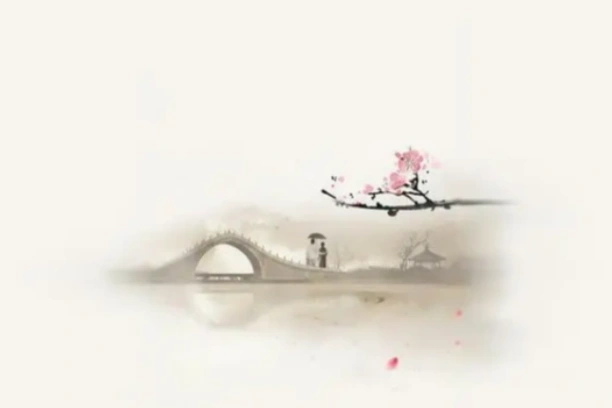
The door of Ch’an is entered by Wu. When we meditate on Wu we ask “What is Wu?” On entering Wu, we experience emptiness; we are not aware of existence, either ours or the world’s.
E-MAIL: admin@relaxmid.com

The references above show that several centuries before the coming of the Ch’an school, tso-ch’an already reached a high state of development in China, both as a practice and a scriptural topic. These references also show the close association between tso-ch’an and samadhi in Chinese Buddhist practice prior to Ch’an.
What is samadhi? Indian tradition defines nine levels of samadhi, each with its identifying characteristics. For our purposes, however, we need only to provide a general definition of samadhi. If, through practice, especially tso-ch’an, one can get one’s mind to a unified state, this state can be called samadhi. To say that the mind is unified doesn’t mean that the person has a sense or idea of being co-extensive with the universe. Rather, it means that the mind is simply not moving. There is no distinction between inside and outside, self and environment. There is no sense of time and space. There is only the sense of existence. So this state of united mind is called samadhi. This is not a state of no-thought, or no-mind, since there is at least the awareness of self experiencing samadhi. It is a state of one-thought, or one-mind, and is not considered enlightenment in Ch’an.
PREVIOUS: Origins of the Term Tso-ch’an | TSO-CH’AN
NEXT: Roots of Tso-ch’an in India | TSO-CH’AN
